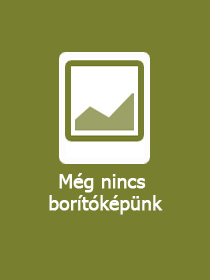
| ISBN13: | 9781032585031 |
| ISBN10: | 103258503X |
| Kötéstípus: | Puhakötés |
| Terjedelem: | 240 oldal |
| Méret: | 198x129 mm |
| Nyelv: | angol |
| Illusztrációk: | 90 Illustrations, black & white; 86 Halftones, black & white; 4 Line drawings, black & white; 4 Tables, black & white |
| 700 |
Sign Languages
GBP 35.99
Kattintson ide a feliratkozáshoz
Sign Languages: Structures and Contexts provides a succinct summary of major findings in the linguistic study of natural sign languages. Focusing on American Sign Language (ASL), this book offers a comprehensive introduction to the basic grammatical components of phonology, morphology, and syntax with examples and illustrations.
Sign Languages: Structures and Contexts provides a succinct summary of major findings in the linguistic study of natural sign languages. Focusing on American Sign Language (ASL), this book offers a comprehensive introduction to the basic grammatical components of phonology, morphology, and syntax with examples and illustrations.
Revised throughout, this new edition:
- demonstrates how sign languages are acquired by Deaf children with varying degrees of input during early development, including no input where children create a language of their own
- discusses the contexts of sign languages, including how different varieties are formed and used, attitudes toward sign languages, and how language planning affects language use
- includes a new chapter on the similarities between signed and spoken languages
- offers additional visuals and explanations as well as more coverage of signed languages other than ASL
- is accompanied by updated online support material, which hosts links to video clips
This engaging and accessible introduction to sign languages is essential reading for students studying this topic for the first time with little or no background in linguistics.
List of Figures
List of Tables
Acknowledgments
Chapter 1: Introduction
Chapter 2: Phonology
Chapter 3: Morphology
Chapter 4: Syntax
Chapter 5: Modality and language
Chapter 6: Children with input from birth
Chapter 7: Contexts of later language development
Chapter 8: Homesign systems
Chapter 9: Variation
Chapter 10: Language Attitudes
Chapter 11: Language Policy and Planning
Chapter 12: Conclusion
Index








